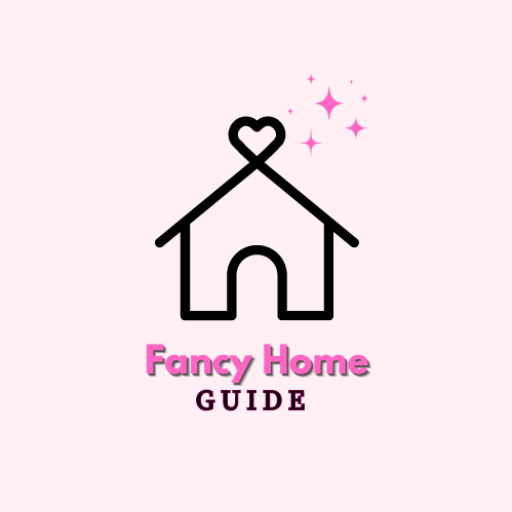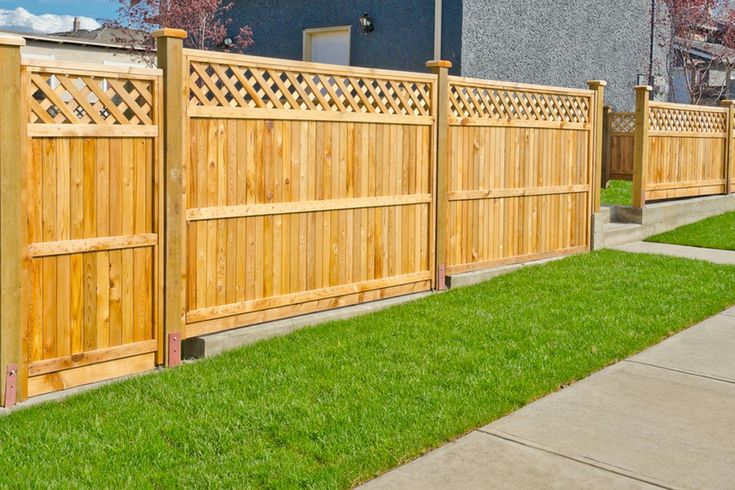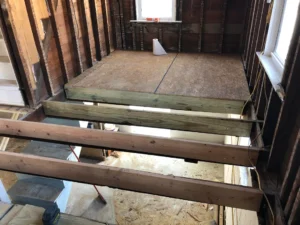Installing a fence around your property can provide privacy, security, and aesthetic appeal. However, understanding the costs involved in fencing can be challenging due to the variety of materials, styles, and factors influencing the price.
This guide aims to provide a clear and comprehensive overview of fencing costs, breaking down the expenses associated with different types of fencing, installation considerations, and additional factors that can affect the overall cost.
Whether you’re planning to do it yourself or hire a professional, this detailed guide will help you make informed decisions about fencing for your property.
Types of Fencing Materials and Their Costs
Wood Fencing
Wood fencing is a popular choice due to its natural appearance and versatility. The cost of wood fencing varies based on the type of wood used.
- Pine: Pine is a commonly used softwood that is affordable and widely available. It typically costs between $10 and $20 per linear foot.
- Cedar: Cedar is a durable wood that resists decay and insect damage. It costs between $15 and $30 per linear foot.
- Redwood: Redwood is a high-end option that is naturally resistant to decay. It ranges from $20 to $35 per linear foot.
Installation costs for wood fencing can add $10 to $25 per linear foot, depending on the complexity of the job.
Vinyl Fencing
Vinyl fencing is known for its low maintenance and durability. It is available in various styles and colors.
- Cost: Vinyl fencing typically ranges from $20 to $40 per linear foot.
- Installation: Installation costs for vinyl fencing can add $20 to $30 per linear foot.
Chain Link Fencing
Chain link fencing is a practical and affordable option for both residential and commercial properties.
- Cost: Chain link fencing generally costs between $5 and $20 per linear foot.
- Installation: Installation costs for chain link fencing can add $10 to $20 per linear foot.
Metal Fencing
Metal fencing, including wrought iron and aluminum, offers a high level of security and an elegant appearance.
- Wrought Iron: Wrought iron fencing costs between $20 and $35 per linear foot, with installation adding $30 to $50 per linear foot.
- Aluminum: Aluminum fencing is a lightweight alternative to wrought iron, costing $20 to $30 per linear foot. Installation costs range from $15 to $40 per linear foot.
Composite Fencing
Composite fencing combines wood fibers and plastic to create a durable and low-maintenance option.
- Cost: Composite fencing typically ranges from $25 to $45 per linear foot.
- Installation: Installation costs can add $15 to $30 per linear foot.
Factors Influencing Fencing Costs
Material Quality
The quality of the fencing material significantly impacts the overall cost. Higher-quality materials, such as premium woods and metals, will cost more but often offer greater durability and a longer lifespan.
Fence Height and Length
The height and length of the fence are primary cost drivers. Taller and longer fences require more materials and labor, increasing the overall cost.
Terrain and Property Layout
The terrain and layout of your property can affect installation costs. Uneven or sloped ground, obstacles, and difficult access areas can require additional labor and materials, raising the price.
Permits and Regulations
Depending on your location, you may need permits for fencing installation. Permit costs vary by region and can add to the overall expense. It’s essential to check local regulations and obtain the necessary permits before starting your project.
Labor Costs
Labor costs vary depending on the complexity of the installation and the contractor’s rates. Experienced contractors may charge more, but their expertise can ensure a high-quality installation.

Additional Costs to Consider
Gates
Adding gates to your fence increases the overall cost. The price of gates varies based on the material, size, and design. Standard gates typically range from $150 to $600, while custom gates can cost significantly more.
Staining and Painting
If you choose wood fencing, staining or painting is necessary to protect the wood and enhance its appearance. The cost of staining or painting depends on the size of the fence and the type of finish used. Expect to pay between $1 and $3 per square foot.
Maintenance
Maintenance costs should be considered, especially for wood fencing, which requires periodic staining or painting. Vinyl, metal, and composite fencing have lower maintenance costs, but occasional cleaning and inspections are necessary.
DIY vs. Professional Installation
DIY Installation
Installing a fence yourself can save on labor costs, but it requires time, effort, and the right tools. DIY installation is more feasible for simpler fencing types, such as wood or chain link. Ensure you have the necessary skills and equipment before starting a DIY project.
Professional Installation
Hiring a professional ensures a high-quality installation and can save time and effort. Professionals have the expertise to handle complex installations and navigate challenges, such as difficult terrain or obtaining permits. While professional installation costs more, it often results in a longer-lasting and more durable fence.
Choosing the Right Fence for Your Property
Purpose of the Fence
Consider the primary purpose of your fence when choosing materials and styles. Privacy fences typically require solid panels, while decorative fences can have more open designs. Security fences need to be tall and robust, whereas pet or child containment fences may prioritize safety features.
Climate and Environment
The local climate and environment influence the choice of fencing materials. For example, wood fencing may not be ideal in areas with high humidity or heavy rainfall due to the risk of rot and decay. Metal and vinyl fences are more resistant to weather-related damage.
Aesthetic Preferences
Your fence should complement the overall look of your property. Consider the architectural style of your home and the surrounding landscape when selecting materials and designs. A well-chosen fence can enhance your property’s curb appeal.
Cost-Saving Tips for Fencing
Compare Quotes
Obtain multiple quotes from contractors to compare prices and services. Ensure each quote includes a detailed breakdown of costs for materials, labor, and additional expenses.
Choose Affordable Materials
Selecting more affordable materials can significantly reduce the overall cost of your fence. For example, opting for pine instead of cedar or aluminum instead of wrought iron can save money without compromising on functionality.
Simplify the Design
Simpler fence designs are generally less expensive to install. Avoid intricate patterns or custom features that can increase labor and material costs.
Install in Phases
If your budget is limited, consider installing your fence in phases. Prioritize sections that are most important, such as privacy areas or property boundaries, and complete the project over time as funds become available.
Conclusion
Understanding the costs associated with fencing is crucial for planning and budgeting your project. By considering the type of materials, installation factors, and additional expenses, you can make informed decisions that suit your needs and budget.
Whether you choose to install the fence yourself or hire a professional, this comprehensive guide provides the knowledge you need to achieve a successful and cost-effective fencing project.




